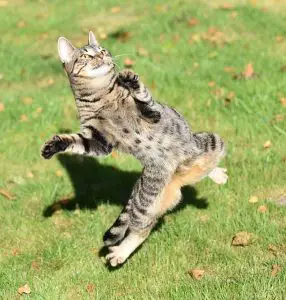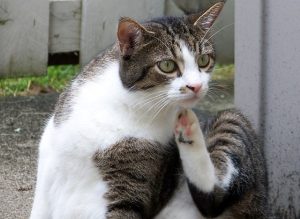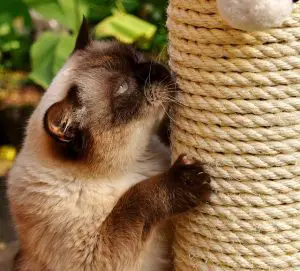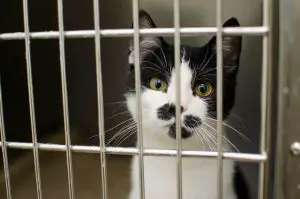
Unveiling the Secrets of Optimal Feline Nutrition: The Ultimate Guide for a Healthy Cat
As a devoted cat owner, one integral aspect of being entrusted with feline companionship is the responsibility of optimizing your pet’s nutrition. Providing optimal cat nutrition promotes their overall health, prolonging their lifespan, improving their coat’s quality, reducing the risk of obesity, and enhancing their vitality. Let’s dive deeper into the secrets of optimal feline nutrition.
Understanding the Importance of a Balanced Diet
Cats are known as obligate carnivores, which means that they require a diet high in protein and minimal amounts of carbohydrates. The inclination towards a meat-heavy diet is an evolutionary trait, and it’s an essential facet to consider when devising a diet plan for them. A balanced cat diet should contain proteins, vitamins, minerals, and a controlled portion of carbohydrates.
Proteins: Essential Component for a Cat’s Diet
Protein is a key component in any cat’s diet. It aids in cell regeneration, hormone and antibody production, energy production, and muscle growth. Cats require 22 amino acids, the building blocks of proteins. While they can produce some of these themselves, there are others termed ‘essential amino acids,’ which they must get from their diet. An absence of these vital amino acids can lead to malnutrition and health complications. Taurine, for example, is an exceptional essential amino acid that’s indispensable in a cat’s diet, helping prevent severe health problems.
Importance of Carbohydrates
Unlike humans, cats don’t necessarily require carbohydrates in their diet. However, commercial cat foods often contain carbohydrates for affordability, taste, and texture. Furthermore, carbohydrates also aid in the provision of quick energy. Despite these advantages, it’s important to keep carbohydrate content minimal, as overconsumption can lead to obesity.
Choosing the Right Cat Food
With a copious array of options available in cat food today, choosing the right one can seem daunting. There are both dry and wet cat foods, each with its own advantages.
Wet Cat Food or Dry Cat Food?
Wet cat food, commonly served in cans or pouches, is a popular choice since it’s a great source of hydration and is usually more palatable to cats, making it good for fussy eaters. On the other hand, dry cat food aids in dental health and is more convenient and cost-effective. As an owner, it’s crucial to maintain a balance between both, to meet all of your feline’s dietary needs.
Behaviour Towards Different Cat Foods
Changes in your cat’s behavior or refusal to eat may indicate a problem. Some cats might be allergic to certain ingredients, while others might simply dislike the taste or texture. Lastly, it’s important to remember that every cat is unique, and what works for one might not necessarily work for another. It’s all about finding and curating a diet that suits your pet best.
Moral of the Story: Balance Is Key
While the process might seem daunting, an optimal diet can effectively improve and prolong your feline’s life. The ideal balance will contain a significant proportion of proteins, especially essential amino acids, with a limited amount of carbohydrates. Combine this with an assortment of wet and dry cat food, considering your cat’s unique tastes, and allergies, and you’re set for success!
The Ultimate Goal
The ultimate goal is to provide a balanced, nutritious diet that caters to your pet’s specific needs. A healthy cat is a happy cat, and as invaluable members of our families, it’s essential to ensure our feline friends remain healthy and in optimal shape.






